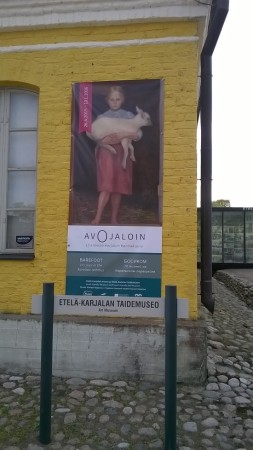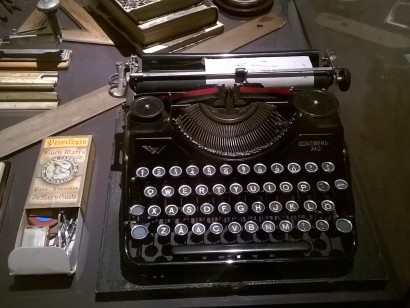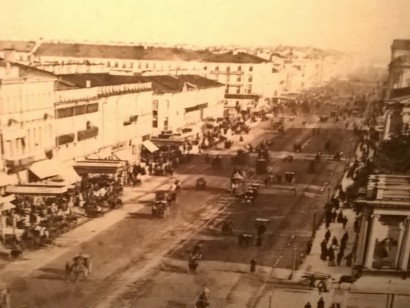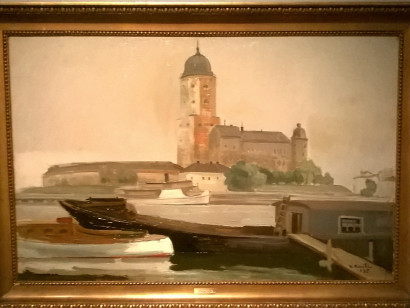The Exhibition «Barefoot. 10 stories of life on the Karelian isthmus in Russia
- Квартиры посуточно — hth24 Apartments
- News
- The Exhibition «Barefoot. 10 stories of life on the Karelian isthmus in Russia

All of our guests who rent the apartment, we recommend you to visit the exhibition from Finland, which is now in St. Petersburg, under the unusual name "Barefoot. 10 stories of life on the Karelian isthmus."
In St. Petersburg spring comes. The days are getting longer and increasingly instead of cloudy days, lead–heavy clouds, we are pleased with jubilant Sunny days, when become so light and good that you know summer is around the corner. And yet the street is not so warm as you want and there is no way to spend all that time on a country picnic, it might be interesting to visit the theater, and maybe some sort of display. No doubt in such a big city as St. Petersburg has a lot of different theatres and exhibition venues located in different parts of the city, where you can see almost everything that you can imagine. However, I would like to draw guests renting the apartment, not very remarkable at first glance, the exhibition, which is now in the Peter and Paul fortress in Ioannovsky Ravelin organized by the Museum of history of St. Petersburg and is called "Barefoot. 10 stories of life on the Karelian isthmus". So what is special about this exhibition? A year ago I choked to be in Finland, or rather in the border town Lappeenranta and where over conventional shopping we decided to visit the Art Museum of South Karelia, just this exhibition. Present surprise and delight when it turned out that this exhibition is now in St. Petersburg.
Finland is a small country and gained independence relatively recently and all her former and current territory was under the influence of either Sweden or Russia. Two main competitors on the Finnish land constantly at odds with each other since the middle ages. The conflict, then subside, then flared up again. While in the beginning of the XVIII century, as a result of the defeat of Sweden in the Northern war, Eastern and southern part of Karelia to be Russian, and since the beginning of the XIX century the whole territory of Finland is part of Russia and almost a century is part of the Russian Empire as the Duchy of Finland. Is unprecedented in the history of Russian autonomy in that period of time. Since 1918, Finland declares sovereignty, the country's civil war begins between red and white, as strange as it sounds now. The whites are not only the Finns, but the Russian whites. Do not do without the military support of Germany, Sweden and even Poland. The opposite side supports the Russian Communists. Surprisingly, on the red side are fighting a large number of young girls and women. Is this not a reflection of the contemporary Scandinavian feminism. The war does not last long, may 16, 1918, a white win, with the direct intervention of the Kaiser's Germany and founded the Republic of Finland. Then will be the first Soviet-Finnish war of 1918-1920, and after nearly 20 years second. As a result of which Finland lost part of the territory, including Vyborg.
the exhibition presents the objects, documents, photographs and artistic paintings in the period from late XIX to mid XX centuries. The time period is also represented by ten persons. Among them the artist Vaino Kunnas, composer Toivo Kuula , a maid, Hilma Julia-Outinen , accounting clerk Hilda Cake, the merchant's wife Emilia von Zweygberg-Gronroos, mother Larissa (in the world Love Klyucharov), driver Heikki pietilainen, border commandant ILO Schroeder, poet and artist Elena Guro. This ten, or rather their life fully reflects the intertwining of historical events and human destinies of the era.
the exhibition also features artwork and part of the above listed people and, of course, various documents and photographs relating to him and not only.
Perhaps many will decide that the exhibition mainly reflects the period of the Civil war. This is not so. Many everyday life of Russian Finland, up to the 1917 revolution and at least until the second Soviet-Finnish war of 1939.
Amazing to see that in the neighboring country is carefully preserved history and including the highly controversial and dramatic in contrast to some other countries adjacent to Russia.
the Cost of attendance is not very large, one might even say modest 50 roubles, and for pensioners, pupils and students 30. It should be noted that the cost of visiting the same exhibition in Helsinki a year ago was € 10 and 8, respectively. As the saying goes, feel the difference and enjoy the moment, because for the tour You don't need to go to Finland.

Vintage typewriter for printing in Finnish language

Petrograd. View of the Nevsky prospect. The beginning of the XX century.
 Wäinö Rautio. The fortress of Vyborg, 1935
Wäinö Rautio. The fortress of Vyborg, 1935More details about the exhibition can be found on its official website: http://aikamatkakannakselle.fi/?p=etusivu&lang=_ru
the ticket office is open from 10 to 17 hours, and the exposition is available to the public from 11 to 18 hours.
More detailed schedule of her work can be found here: http://www.spbmuseum.ru/themuseum/visitors/regis.php
the Exposition will be open for visitors until 17 April 2016.











